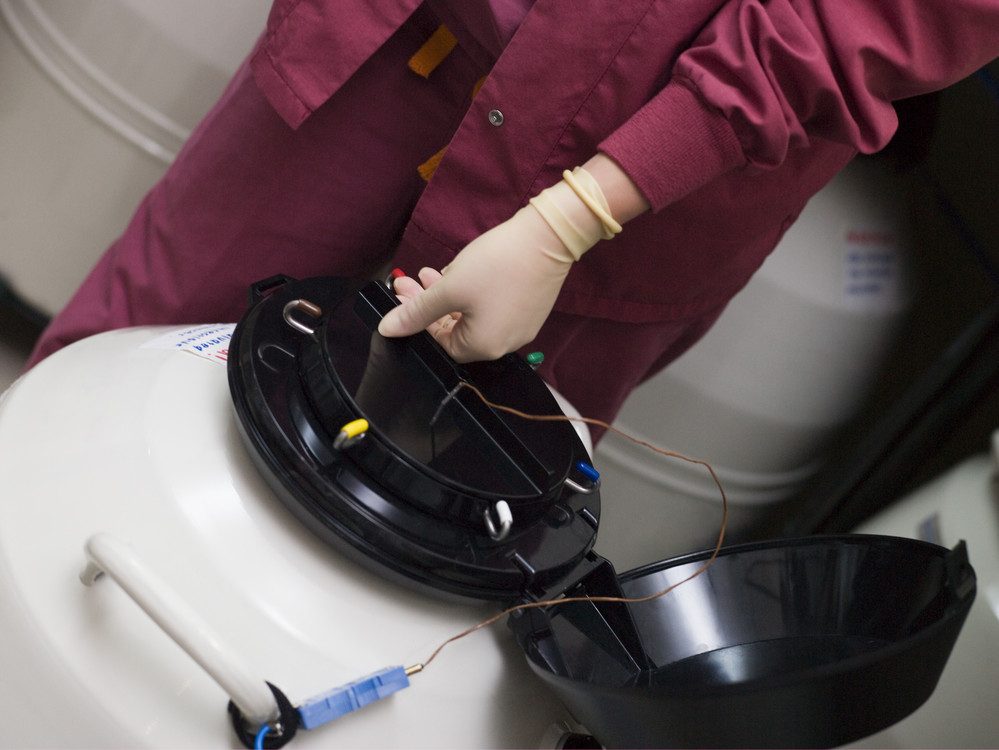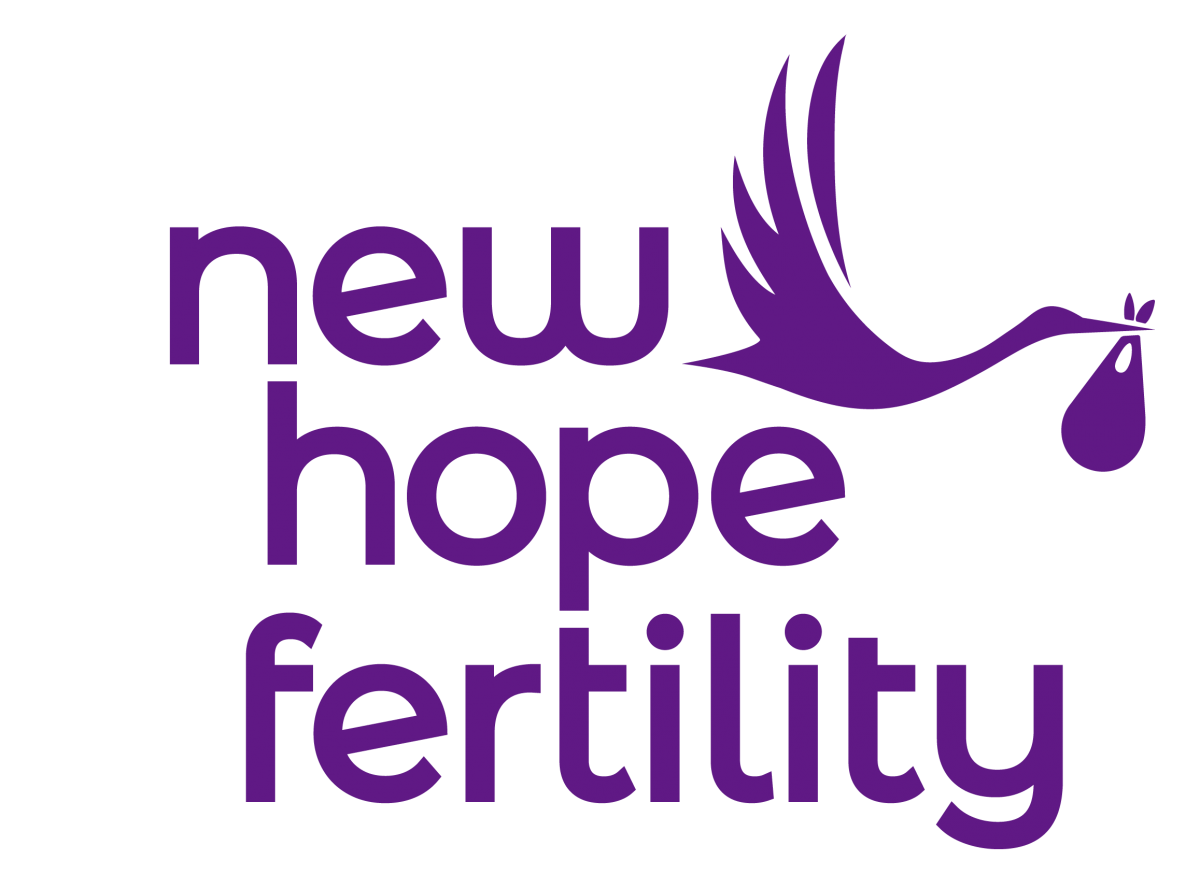
FROZEN EMBRYO TRANSFER (FET)
The Frozen Embryo Transfer procedure in NYC involves thawing and then transferring the embryo into a woman’s uterus for hopeful pregnancy. Embryos are transferred to the uterus through a catheter. This frozen embryo transfer protocol does not require any anesthesia and is painless.
In a conventional IVF treatment cycle, multiple egg follicles (10 to 15) are typically produced through hyperstimulation of a woman’s ovaries resulting in the development of several high-quality embryos in vitro. Today’s standard practice of care is for only one or two fresh quality embryos to be transferred directly to the woman’s uterus for hopeful implantation into her uterine lining. This practice reduces the chances of multiple pregnancies.
To increase their chances of future pregnancies, many couples are preserving their embryos through embryo cryopreservation rather than undergoing multiple fresh IVF cycles. After a fresh IVF cycle, excess quality embryos are cryopreserved for future Frozen Embryo Transfer (FET) procedures.
Single Embryo Transfers
The best fertility specialists at New Hope Fertility NYC promote the practice of Single Embryo Transfer (SET) to reduce health risks associated with multiple births. Cryopreservation of surplus embryos for future Frozen Embryo Transfer (FET) procedures is encouraged by the fertility specialists at New Hope Fertility NYC – in lieu of repeated, expensive fresh IVF cycles.
Pioneering Vitrification Method of Freezing Embryos
The flash-freezing technique of vitrification makes it possible to ready fresh embryos rapidly for cryopreservation. Using the vitrification method, embryos freeze quickly and damaging ice crystals do not form between cells. New Hope Fertility NYC is a pioneer in embryo freezing. Dr. John Zhang was one of the first doctors in the United States to implement the vitrification method of embryo freezing.
Vitrification Method
- Temperature of embryos drops from 98.6°F (37°C) to 320°F (-196°C) instantaneously
- Cells are dehydrated prior to freezing
- Protectants are used to help remove as much water as possible between cell formations
- Harmful ice crystals are prevented from forming between cells
- Survival rates for thawed embryos are as high as 99 percent – versus – 55 percent using the traditional freezing method
- Flash freezing/thawing increases the chances of safely restoring the embryo to its original state
Holistic Protocols Promoting the Benefits of SETs
- New Hope Fertility NYC offers more holistic IVF protocols requiring very little to no hyperstimulating fertility medications. These holistic protocols allow fertility specialists to enhance a woman’s natural egg production. This is our One Good Egg Policy: It only takes one healthy egg to become pregnant and have a baby.
Success of Frozen Embryo Transfer Using a Single Embryo Transfer
The success of a healthy pregnancy achieved through the Frozen Embryo Transfer (FET) process has increased substantially in recent years. Healthy pregnancies have been achieved after an embryo has been frozen for up to 10 years. Pregnancy success is determined by the quality of the frozen embryo.
The success of Frozen Embryo Transfers has made the procedure an increasingly popular option for patients to consider before making the decision to proceed with another fresh IVF cycle. With Frozen Embryo Transfer, couples can increase their chance of pregnancy per fresh egg retrieval and ultimately save money by avoiding the expense and physical stress of another fresh IVF cycle.

Preparation for
Frozen Embryo Transfer
Before a Frozen Embryo Transfer procedure, the woman’s uterus must be prepared to accept the embryo for implantation through hormone medications. Monitoring for the timing of an embryo’s transfer during a FET cycle is more flexible than in a fresh IVF cycle. The FET procedure is much less stressful for patients because the transfer date can be adjusted.
First Step: Pituitary
Suppression Hormone
Hormone medication is administered to suppress the woman’s pituitary gland and reduce the chances of unexpected ovulation. Approximately two weeks of Lupron injections will be required before the Frozen Embryo Transfer procedure.
Second Step: Duplicate
Normal Uterine Function
Hormone medication must be administered to duplicate the changes normally occurring within a woman’s uterus during a normal menstrual cycle. This step requires two medications in preparation for the Frozen Embryo Transfer: Estrogen and Progesterone.
Estrogen
Estrogen acts to thicken and mature the uterine lining – like the natural estrogen produced by a developing egg follicle during a normal menstrual cycle.
-
- Transvaginal ultrasound for the doctor to evaluate the thickness of the uterine lining
- Blood tests for the doctor to evaluate the level of estrogen in the blood
Progesterone
Progesterone is a medication administered to make the uterine lining receptive to the implantation of the embryo. Typically, progesterone is administered in a combination of suppository and injections. The regimen of progesterone administration completes the final stage of the Frozen Embryo Transfer (FET) preparation process and sets the actual embryo transfer procedure in motion.
- Progesterone matures the uterine lining
- Progesterone creates a window of implantation in anticipation of a set Frozen Embryo Transfer date
- Lupron injections are ceased upon the beginning of progesterone administration
- Embryos are scheduled for thawing in the laboratory
- Frozen Embryo Transfer is scheduled on a set date
- Progesterone is continued daily to help prepare the patient’s uterine lining for implantation of the fertilized egg
The Frozen Embryo Transfer procedure is simple. It involves thawing and then transferring the embryo into a woman’s uterus for hopeful pregnancy. Embryos are transferred to the uterus through a catheter. This procedure is much like a pap smear, does not require any anesthesia, and is usually painless. The embryos are placed in a small amount of fluid inside the catheter, which is passed through the cervix at the time of a speculum examination.
You can read more about the frozen embryo transfer procedure on the New Hope Fertility Center Blog. We also frequently report on the health and cost-effectiveness of single embryo transfers in the practice of IVF.
Do you have questions about Frozen Embryo Transfer in NYC? Would you like to schedule an appointment with fertility doctor John Zhang of New Hope Fertility? Please contact our Midtown Manhattan fertility clinic.
